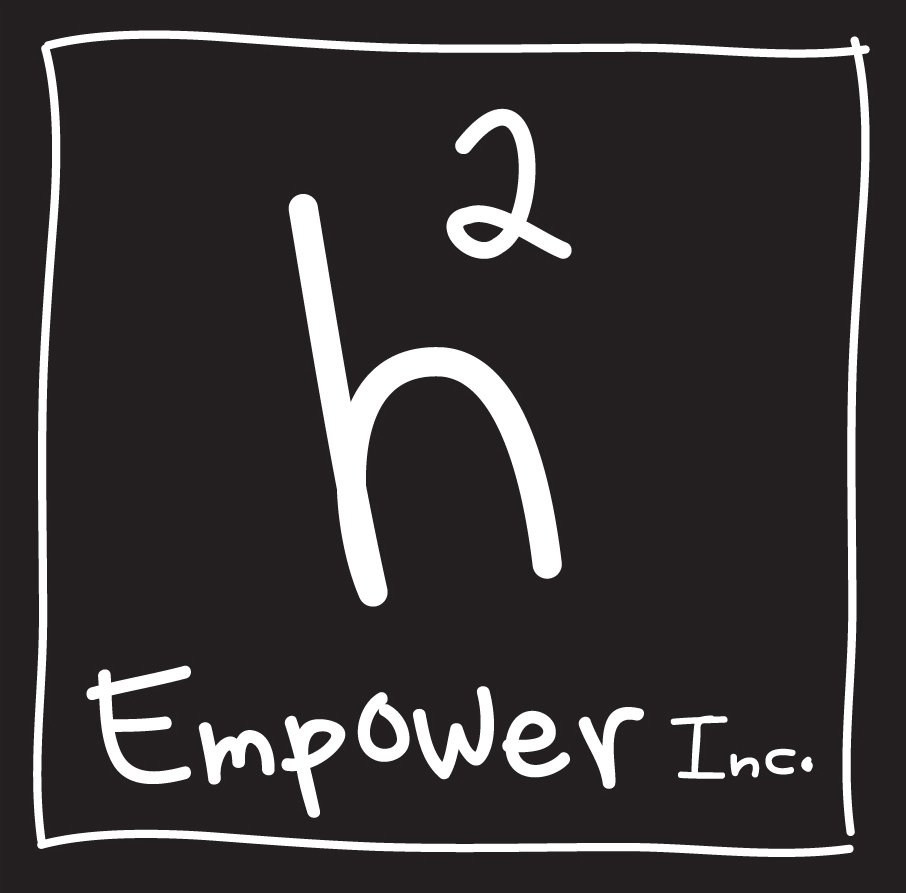I Wasn’t Prepared For What I Was Going To See; 90% Of Ethiopians Have No Sanitation Facilities
Most of us have experienced a toilet that doesn’t flush, or worse yet overflows. When this happens, we find this unacceptable and call a plumber. At times a lock on a public bathroom is broken, we have options, to find another stall to go into. If I’m thirsty I go to the sink, I know I can wash my hands by just turning on the tap and even choose from multiple sinks in the house; I can fill my cup with clean water without walking hours to find a good water source.
Needless to say, my first visit to Ethiopia volunteering to work in the villages and schools, did not prepare me for what I was about to see. None of my first world notions were at play in village after village of what life in the United States looked like in contrast to life in Ethiopia. I’ve seen plenty of documentaries of the plight of developing countries, but I can assure you, none is close to what I experienced with every one of my senses heightened viewing these conditions first-hand. I later learned 90% of Ethiopians have no sanitation facilities, no access to clean drinking water and discovered their sanitation is ranked the worst worldwide with the highest percentage of its population living without toilets. Unhygienic situations create health problems with the spread of disease, the mortality rate for babies is one of the highest in the world. I was experiencing this in real time, no editing of uncomfortable scenes sanitizing what I was to see, real people, real children who had needs.
Our work took us to schools in grades K-8 in many villages. My thoughts kept focusing on the littlest in the schools the 6-year-olds sitting in a class of 90 children, sharing a bench with 5 others, sitting for hours receiving instruction. I was amazed at the focus, self-control, and love of learning all the children exhibited. There was no breakfast, no lunch program, they were taught on mud and dung floors and no bathroom facilities or clean water. I knew that if there was something I could do to help change that situation I would. I was there to help and support our director, of h2Empower, Helen Boxwill, to bring awareness of this plight back to the more developed nations of the world.
I brought back my experiences, stories of the children I met, the wonderful people of these villages who wanted what all of us want, to build a better life for their children. I was moved to action as were my friends and family, including my young grandchildren. I was moved by the generous contributions to help make changes in several schools, bring in water, desks, and school supplies.
Our work is on-going and as we work alongside the community, they have felt inspired and grateful. We know that their buy-in is essential as we see their pride grow and their ideas of how to better their lives blossom. Please join me in our initiative of expanding our sanitation project by putting toilets in schools so that we can work toward curbing disease and provide a better environment for the children to grow and learn. Your charitable donation of any amount will be welcomed to help make a better life for these eager children in school. Their parents will also be contributing to this project. Thank you for joining us and the school community in creating a healthy learning environment.
Click here to donate to bring health and dignity to the children
Susan Baum,
Secretary of Board of Directors

